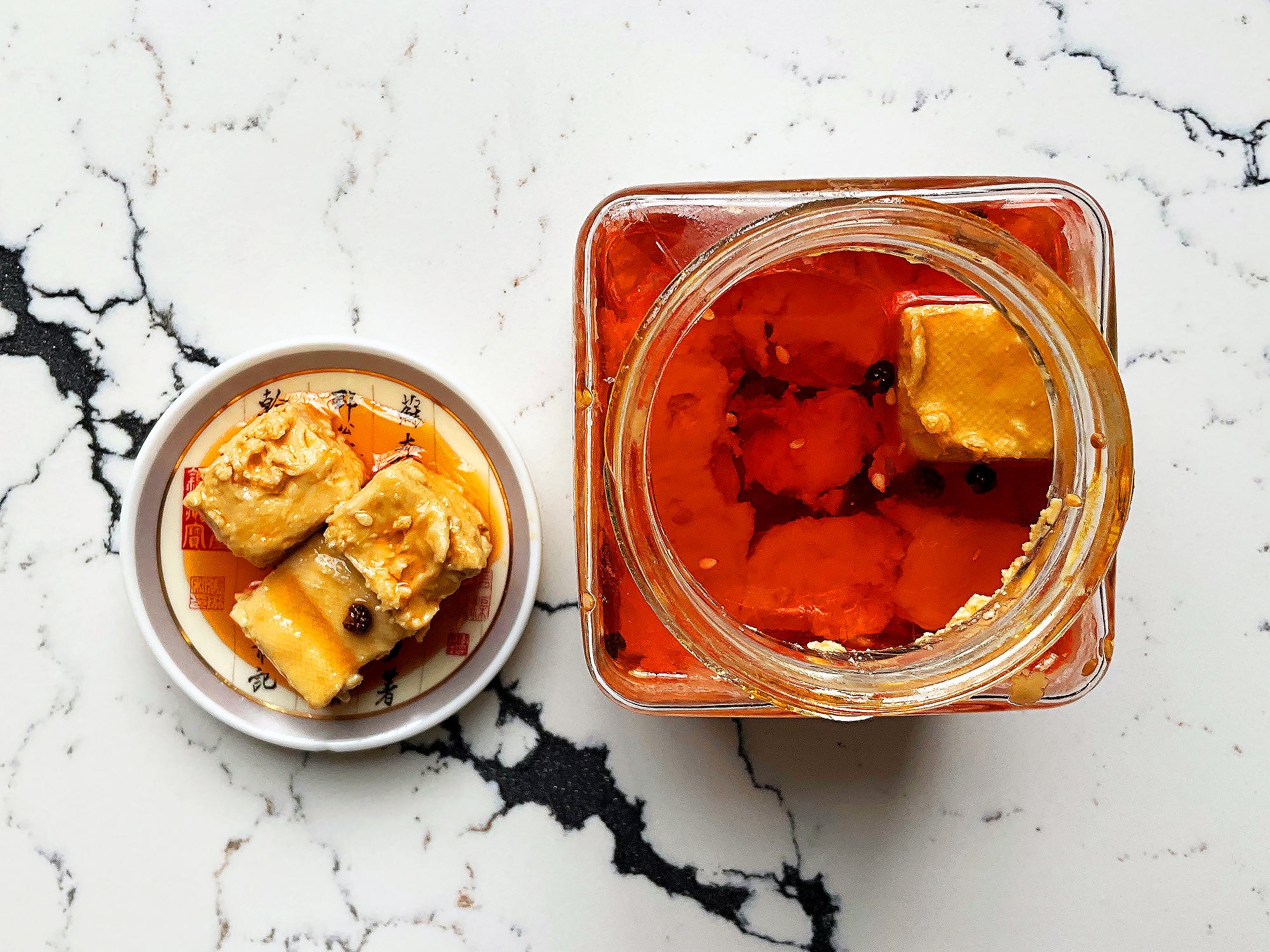Happy Rabbit Year
Lunar New Year Greetings, friends of The Mala Market
It's our Big Year, as they say in Chinese. I am a rabbit (1963), Fongchong is a rabbit (1999), and her dad and I adopted her in the first week of a rabbit year (2011). All of which is why we had a large leaping rabbit painted in the showroom of our new building. This art is not unrelated to Sichuan food either, because the Sichuanese are the biggest rabbit-eaters in the world.
Are you a rabbit, too? Ironically, the Year of the Rabbit is not a lucky year for rabbits, who are deemed to have offended Tai Sui, the celestial gods controlling the mortal world, and could experience many challenges and life changes.
Uh oh. We'll try not to let that affect what we have in store for you this year, as we refresh our stock and continue to bring in new specialty products. (Don't worry about us. Our Chengdu colleagues said they are sending us red underwear to ward off any bad luck we might experience as rabbits.)
Speaking of new, this month we are launching a very exciting new condiment: Sichuan fermented tofu, popularly called furu. Keep reading to see why this heritage product is the super versatile Chinese cheese you need in your life.
Xin Nian Kuai Le!
🌶 Taylor & Fongchong 🌶
P.S. Our latest shipment of spices was greatly delayed due to the Covid outbreak in China, but has finally arrived in port and should be with us in the next few weeks. Hello, 2022 harvest huajiao!
|

